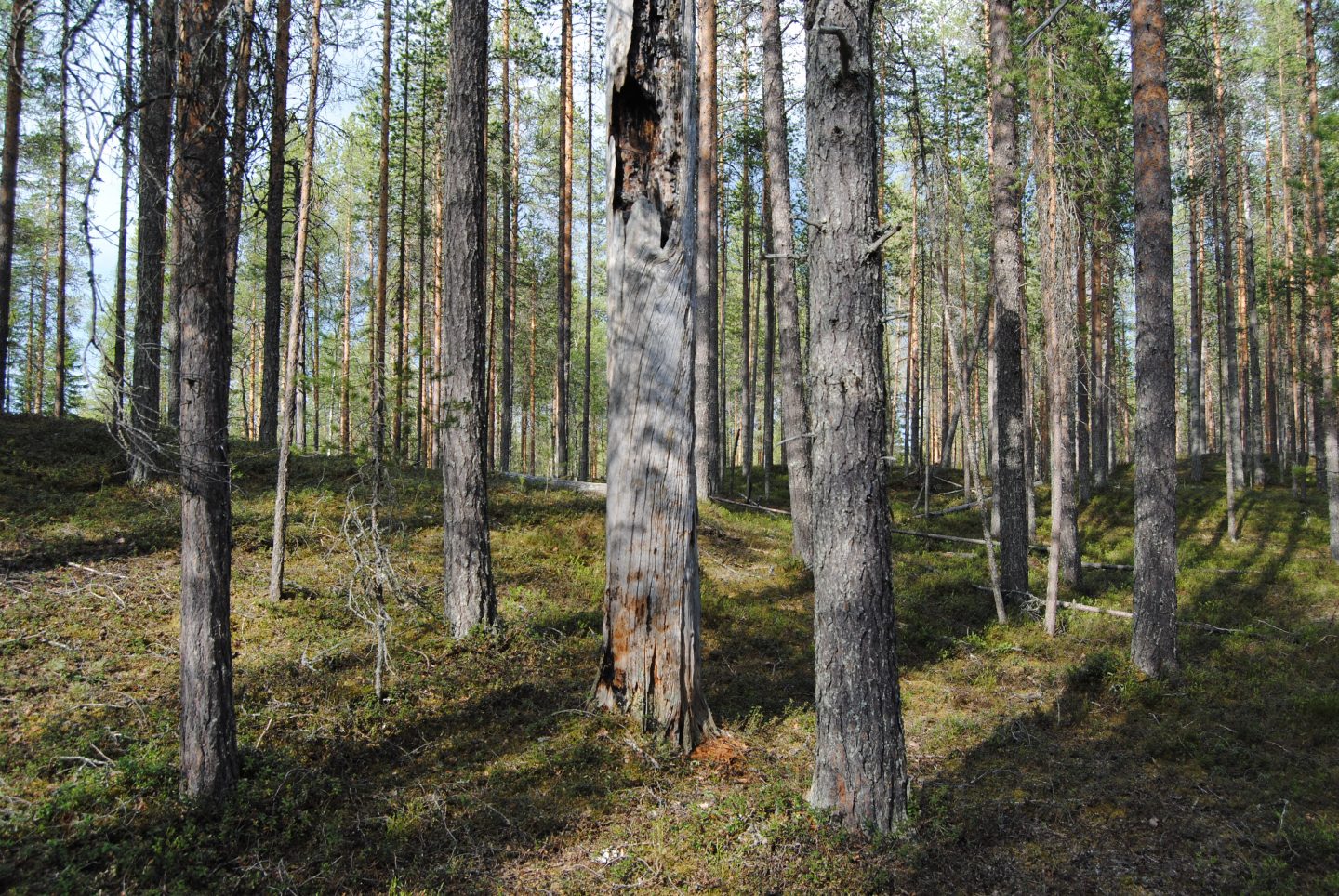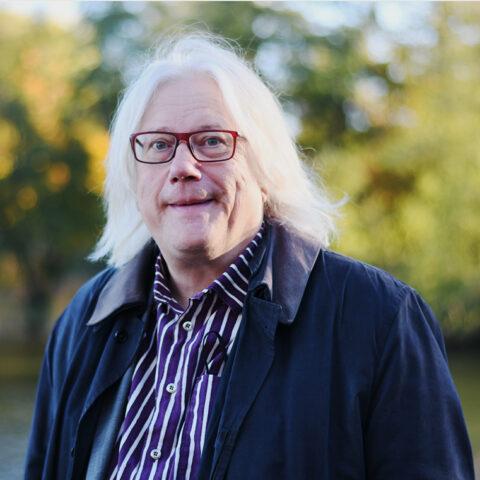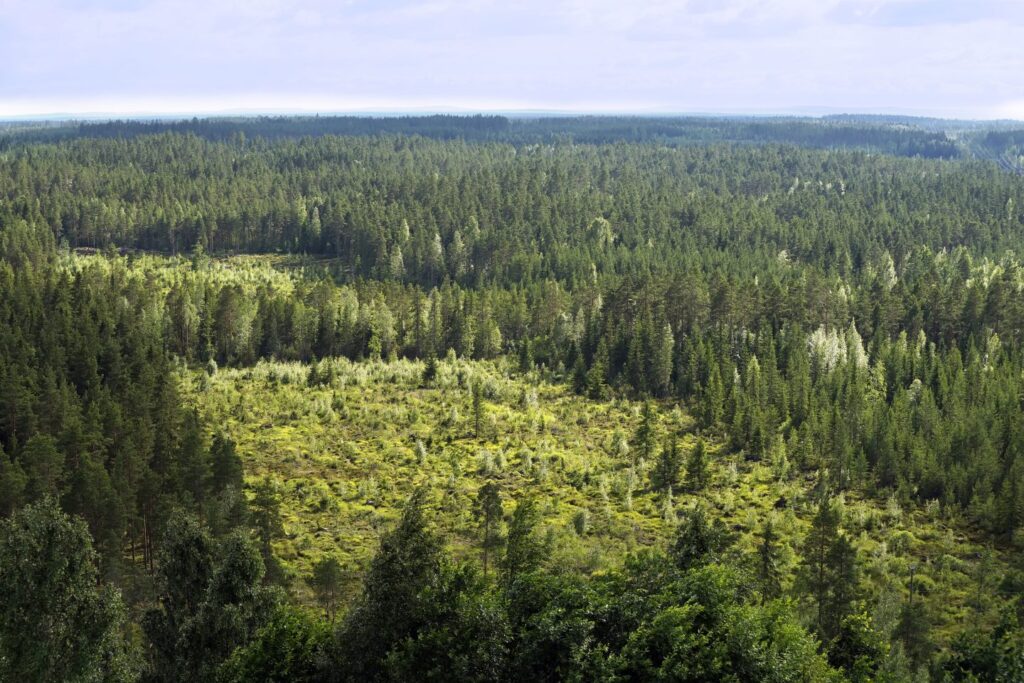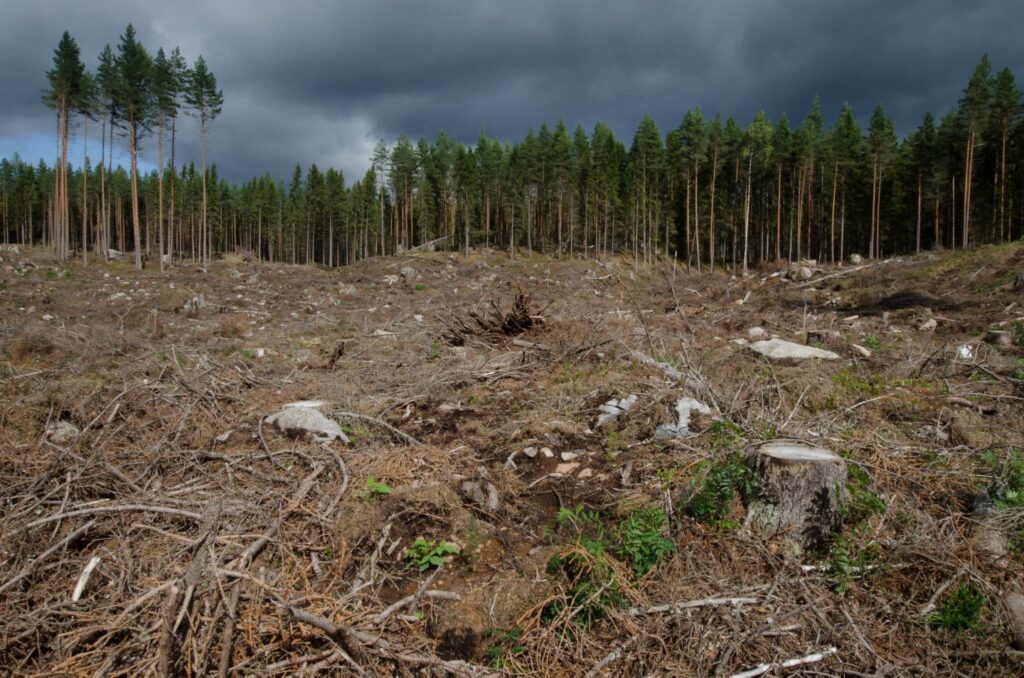EU:n metsästrategian tiekartasta
–
EU tekee uuden metsästrategian. Luonnonsuojeluliiton mielestä sen on tärkeää toteuttaa Biodiversiteettistrategiaa ja muita ympäristötavoitteita.

Forests – new EU strategy
Suomen luonnonsuojeluliitto (The Finnish Association for Nature Conservation) is the biggest and oldest environmental non-governmental organisation in Finland.
Big forest countries Finland, Sweden and Austria didn’t want a strong EU forest policy when they joined the Union in 1995. The Finnish national tradition has been cherry picking: to get the most benefits for the forestry industry out of the EU, but avoid any binding obligations or restrictions by directives or regulations. Now Finland has tried to push Forest Strategy over Biodiversity Strategy, but this attempt lacks legal basis.
The EU Forest Strategy should help in combating Climate and Biodiversity Crisis. It should implement the EU Biodiversity Strategy, including conservation and restoration. It should have clear and measurable targets. For example, it is high time to map and protect the last primary and old-growth forests.
More nature-friendly forestry practices should be developed. For example in our country, forestry is the biggest problem for endangered habitats and species. Forestry (especially ditching) is the second biggest problem for our waters after agriculture. Most forest products are not long-lasting, and this leads to CO2 emissions. Forestry especially in peatlands causes severe Climate problems, too. Heavy forestry practices have been bad also for soil and they have caused even emissions of Quicksilver etc. to waters. National legislation and voluntary tools (e.g. certification) have not been enough to solve these vast environmental problems.
Afforestation and tree planting should be done with native species in suitable places – not in e.g. traditional rural habitats and High Nature Value farmland. Afforestation is not always the best alternative in peatland restoration. In general, monocultures are not good for biodiversity and resilience in the age of rapid Climate change. EU and national money (e.g. CAP) should be targeted to more sustainable forestry.
In addition, people should have better access to information, participation and justice in forestry issues in the future in the spirit of the Aarhus Convention. Land Use planning could have a bigger role in improving connectivity of forests (green infrastructure) and against loss of forests.
On behalf of Suomen luonnonsuojeluliitto
Tapani Veistola
Head of conservation
Lisätietoja

Toiminnanjohtaja Tapani Veistola
- +358 400 615 530
- tapani.veistola(a)sll.fi


